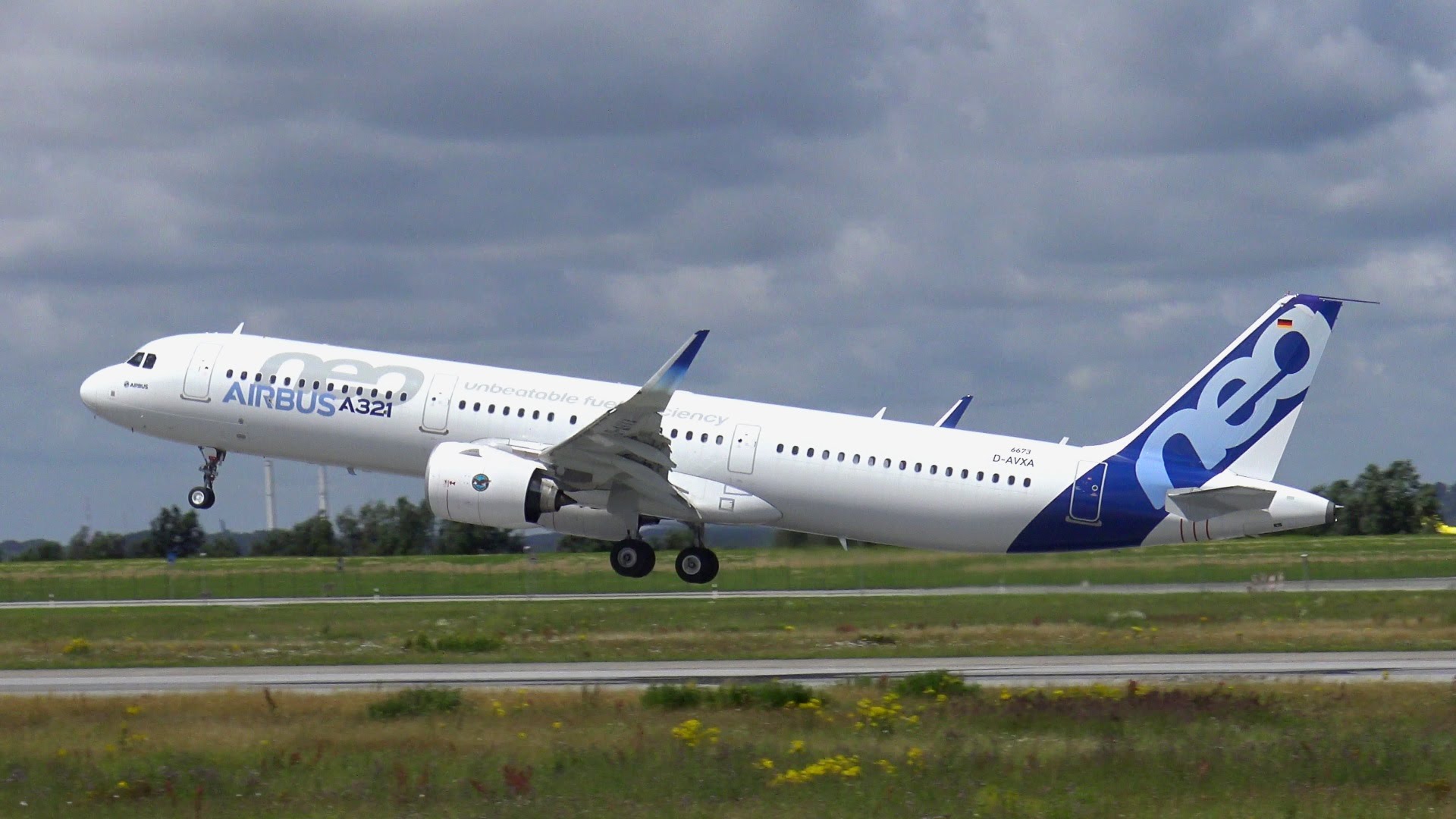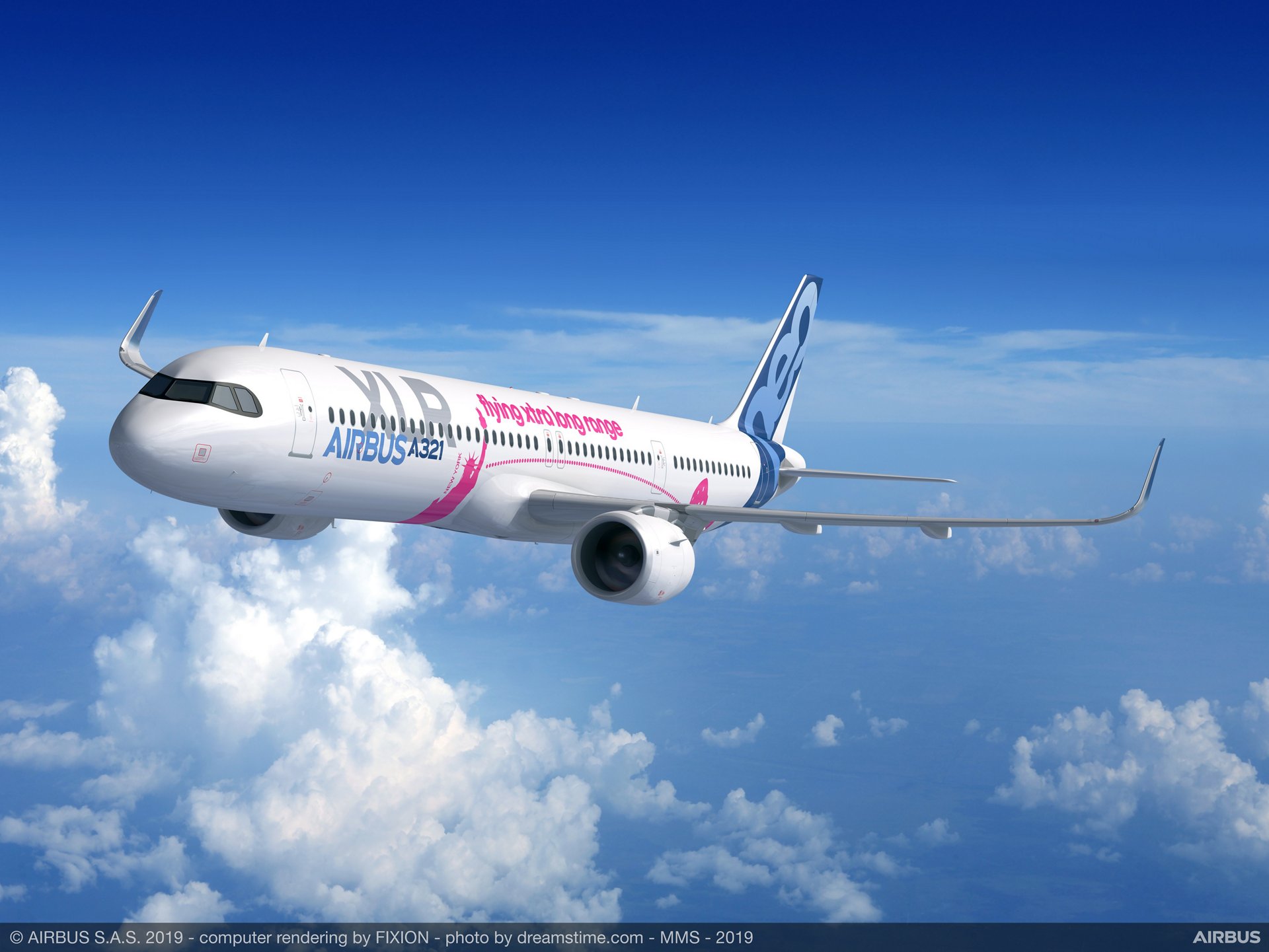Leeham News and Analysis
There's more to real news than a news release.
Analysis: With Gentile out at Spirit, here’s what Shanahan’s hiring likely means
By Bryan Corliss
Subscription required
Oct. 2, 2023, © Leeham News – Tom Gentile is out as CEO of Spirit AeroSystems, the victim of a number of serious production missteps and a failure to lead the Tier 1 supplier into a stronger position following the Covid-19 pandemic and the grounding of Boeing’s 737 MAX.
The new interim CEO is Pat Shanahan, a long-time Boeing and Pentagon executive who has been serving on Spirit’s board since 2021.
Spirit said its board is conducting a search for a new chief executive.
- Markets respond to news
- Shanahan faces huge challenges as CEO
- Shanahan’s resume fits Spirit’s need
- Our takeaway: What this means for Spirit’s future
Related Article:
Bjorn’s Corner: New aircraft technologies. Part 32. Design for production
September 29, 2023, ©. Leeham News: We are discussing the Detailed design phase of an airliner development program. We have talked about program management methods, development techniques, and tools for Detailed design.
But there is one area that is more important than even the aircraft aerodynamic, structural, and systems design for a new Heart-Of-The-Market aircraft: how to produce it in higher volumes and at lower cost than before.
Further developments of Airbus’ A321
Subscription required
By Bjorn Fehrm
September 28, 2023, © Leeham News: We recently looked at the latest developments around Airbus’ A321XLR certification. When the certification is completed, it extends the A321 to a true Trans-Atlantic airliner.
After the A321XLR, what will be Airbus’ next development? A clean sheet replacement for the A320/A321 series won’t be needed until Boeing replaces the 737 MAX family next decade, and we have described why we think an A220-500 will not happen anytime soon.
The A320/A321 is Airbus main source of revenue and margin. It would, therefore, be a logical focus for further development to keep the success going into the next decade. But what can be done? Is the A321neo with the A321LR and XLR the end of the development of the A321? We use our Airliner Performance and Cost Model (APCM) to analyze A321 fundamentals and look at how to increase capacity and efficiency further.
Summary:
- From launch 40 years ago, the A320 family has increased capacity by 66%, more than doubled range, and reduced fuel burn per passenger mile by over one-third.
- What can be achieved over the next 20 years and how?
Pontifications: “We’re sick and tired of new technologies:” Avolon CEO
Editor’s Note: As Airbus and Boeing consider new airplanes, their current generation aircraft are plagued with technical issues. The engines on the A320neo and 737 MAX families continue to have problems years after entry into service. The Boeing 787, which had ground-breaking technology when it was designed, has production issues. Flight testing early on revealed technical problems with the engine on the 777X, prompting the president of Emirates Airline to publicly suggest he won’t accept delivery until the engines are fully “mature.”
Aviation Week’s Check 6 podcast last week examined Boeing’s path toward a new airplane. Boeing CEO David Calhoun insists on waiting for new technology. But “new technology,” while in theory is a great idea, the phrase also scares people. LNA reported on this in March 2020. We’re reposting this article from then.
Related Stories
Now Open to All Readers
Subscription Required
Introduction
By Scott Hamilton
March 16, 2020, © Leeham News: “I can tell you from our perspective, we’re kind of sick and tired of new, new technology. It’s not proven to be the home run.”
This blunt assessment comes from the chief executive officer of the big aircraft lessor, Avolon.
Domhnal Slattery, the CEO, was giving his critique of whether Boeing should launch a new airplane once the 737 MAX crisis is over. (Update: Since this interview, Slattery retired from Avolon.)
Boeing was on a path to decide whether to launch the New Midmarket Airplane when the MAX was grounded one year ago this month.
Airbus was waiting for Boeing to move before deciding how to respond.
Summary
- Airbus and Boeing should “stick to their knitting.”
- Focus on incremental improvements for now.
- 2030s to 2050s will be the next big advance in technologies.
Analysis: Labor issues continue to challenge aerospace industry
Subscription required
By Bryan Corliss
Sept. 18, 2023, © Leeham News – One of the continuing themes we’re hearing – at investor presentations and on quarterly earnings calls – is the shortage of skilled labor, which is disrupting deliveries up and down the aerospace industry supply chain.
The inability of suppliers to deliver parts on time – or to deliver correctly assembled parts – is hampering the OEMs as they attempt to ramp up production to meet high demand from airlines.
This is not just an issue affecting aerospace. There’s a general shortage of medium- and high-skill workers in the Western world right now, with shortages of every kind of worker from line cooks to truck drivers. Shortages existed prior to the Covid-19 pandemic, and there’s still strong demand, even with economies slowing as central banks move to tamp down inflation.
The issue is more pronounced in industries that rely on high-skill workers – like aerospace.
 One outcome of this worker shortage is a rise in union activism. In aerospace, we’ve seen the strike by the International Association of Machinists against Spirit AeroSystems this summer, and the near strike by members of the same union against Boeing’s defense business in and around St. Louis last year.
One outcome of this worker shortage is a rise in union activism. In aerospace, we’ve seen the strike by the International Association of Machinists against Spirit AeroSystems this summer, and the near strike by members of the same union against Boeing’s defense business in and around St. Louis last year.
Next year, both Spirit and Boeing will be back at the bargaining table; Spirit to negotiate with members of SPEEA, the union for aerospace engineers, while Boeing holds talks with IAM District 751, which represents hourly workers at the company’s plants in Puget Sound and Oregon.
IAM 751, in fact, is urging members to prepare for what it’s describing as a September 2024 contract vote that will “forever change the aerospace industry.”
The environment seems to be favorable to the unions, for reasons we’ve discussed before. However, with the OEMs and Tier 1 suppliers heavily in debt (and currently bleeding red ink), there’s going to be a limit to what the companies will be willing to offer in a bid to satisfy their labor forces.
- Demand for workers remains strong
- Lack of skilled labor is hurting industry
- Boeing, Spirit aren’t strong financially
- UAW strike bellwether for next year’s talks
The Airliner Production Problem
Subscription required
By Bjorn Fehrm
September 14, 2023, © Leeham News: For more than a year, we have heard all the Airliner OEMs complain that they can’t increase production rates because of delivery problems in their supply chain. It’s a problem that is not easy to fix; it just goes on and on.
What is the root problem behind the persistent problem of increasing production of our airliners? There are specific problems for each aircraft type and time, but some fundamental problems are behind the overall problem of increasing the production numbers.
We analyze these fundamental problems in a series of articles.

Figure 1. The Airbus A321, a model which a new customer gets delivered six years from now if the production increases to plan. Source: Airbus.
Summary:
- We start describing the realities of airliner production, and what a gigantic puzzle it is.
- We also delve into the learning curve, and why it has such importance for production rates.
The range of the Airbus A321XLR, Part 2
Subscription required
By Bjorn Fehrm
September 7, 2023, © Leeham News: The advertised range of 4,700nm for the Airbus A321XLR enables true trans-Atlantic single-aisle routes that can originate further inland, both in the US and Europe. When EASA and FAA demanded that Airbus add extra fire protection around the tank that gives the extended range, rumors told of a substantial range loss.
Last week we could see that whatever the weight increase, the range loss is not substantial. Now we look at what Airbus could do to restore the range of the A321XLR.
Summary:
- We could see last week that the range shortfall from the rumored weight increases is less than rumored.
- When we look at the fixes for any range shortfall, they seem straightforward and doable.
The range of Airbus’ A321XLR
Subscription required
By Bjorn Fehrm
August 31, 2023, © Leeham News: The advertised range of 4,700nm for Airbus’ A321XLR enables true trans-Atlantic single-aisle routes that can originate inland both in the US and in Europe. It was, therefore, worrying when EASA and FAA demanded that Airbus add extra fire protection in the area where the new center tank is placed, the tank that enables the longer range.
Extra fire protection increases the empty weight, which has an impact on range. How much is lost, and what can Airbus do about it? We model the range shortfall and possible fixes with our Aircraft Performance and Cost model.
Summary:
- The A321XLR is the first trans-Atlantic single-aisle airliner that can fly further than coast to coast between the US and Europe.
- The range shortfall from the rumored weight increases is less than written about but still troublesome.
The back story to a Chinese lessor sale of 737 MAX orders
Subscription Required
By Scott Hamilton
Aug. 28, 2023, © Leeham News: The order in February by Air India for 190 737 MAXes involves a backstory involving China that until now hasn’t been told. A subsequent sale by a Chinese lessor of all 737 MAX orders to a Middle Eastern lessor further reduces Boeing’s exposure to China.
The Air India was finalized at the June Paris Air Show. When Boeing announced its second quarter financial results the following month, the MAX inventory accumulated during the 21 month grounding of the type was reduced by 55 aircraft. These 55 MAXes were part of the inventory of 140 737s that were built for Chinese airlines and lessors.
Subsequently, the Chinese lessor CALC announced a deal to sell its entire MAX backlog of 54 to the Emirates lessor, DAE. Purchase rights to some 50 more MAXes were also transferred to DAE. This transaction left CALC with no 737s on its order books.
In its 2022 annual report, the most recent CALC financial statements available, the lessor wrote, “As at 31 December 2022, CALC had 226 aircraft on its orderbook, including 131 Airbus, 66 Boeing and 29 COMAC aircraft.”







